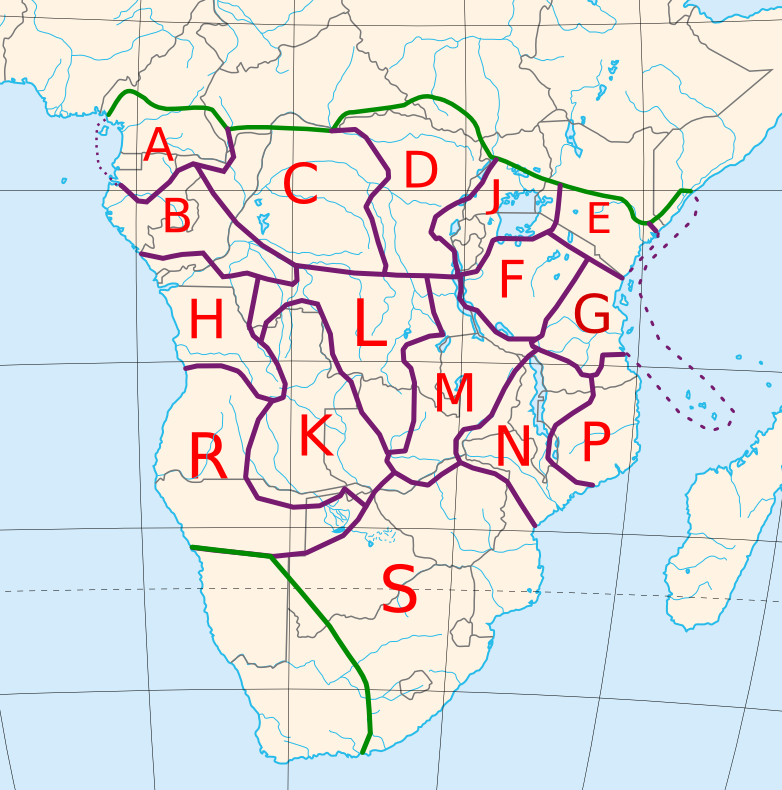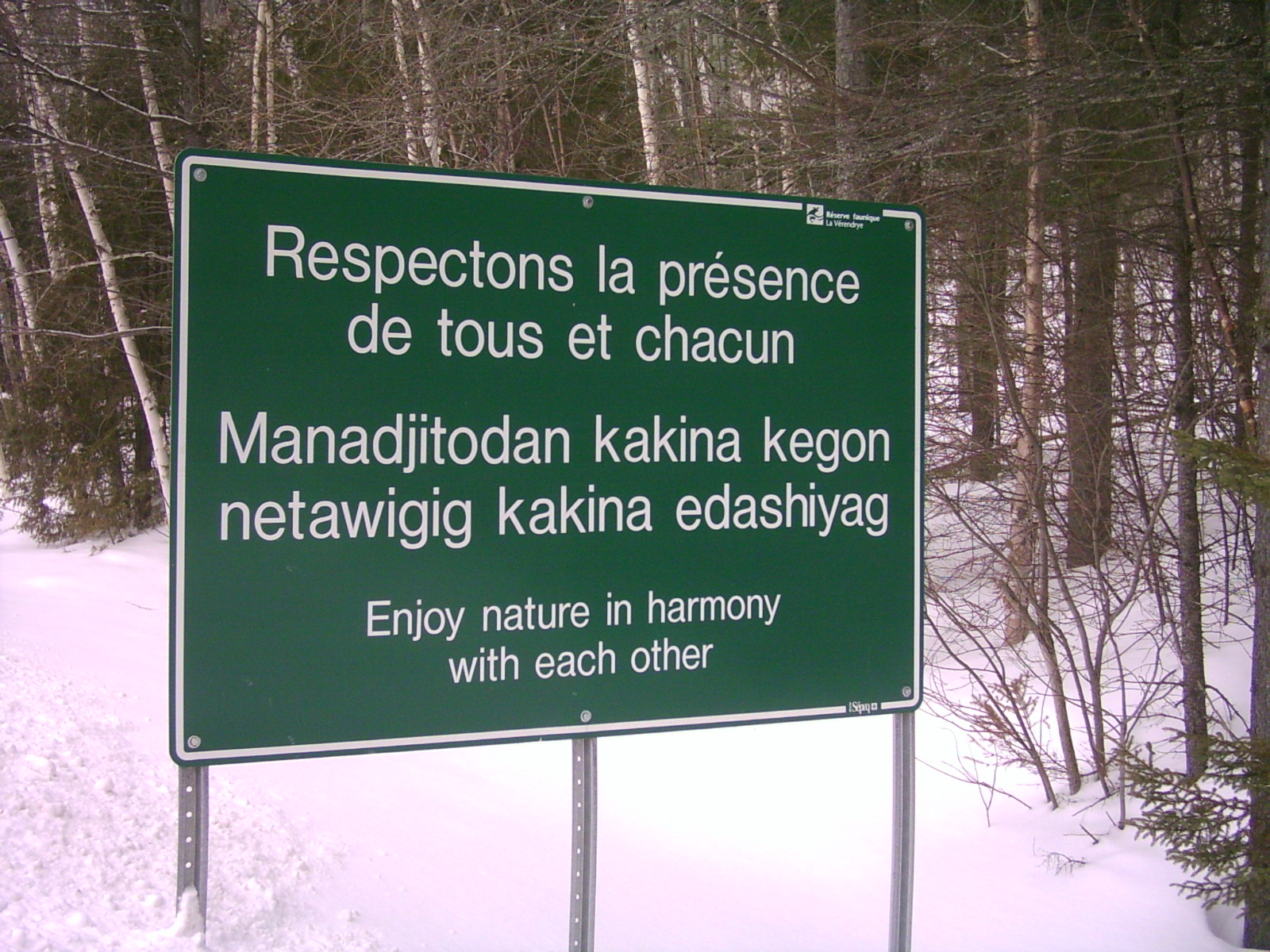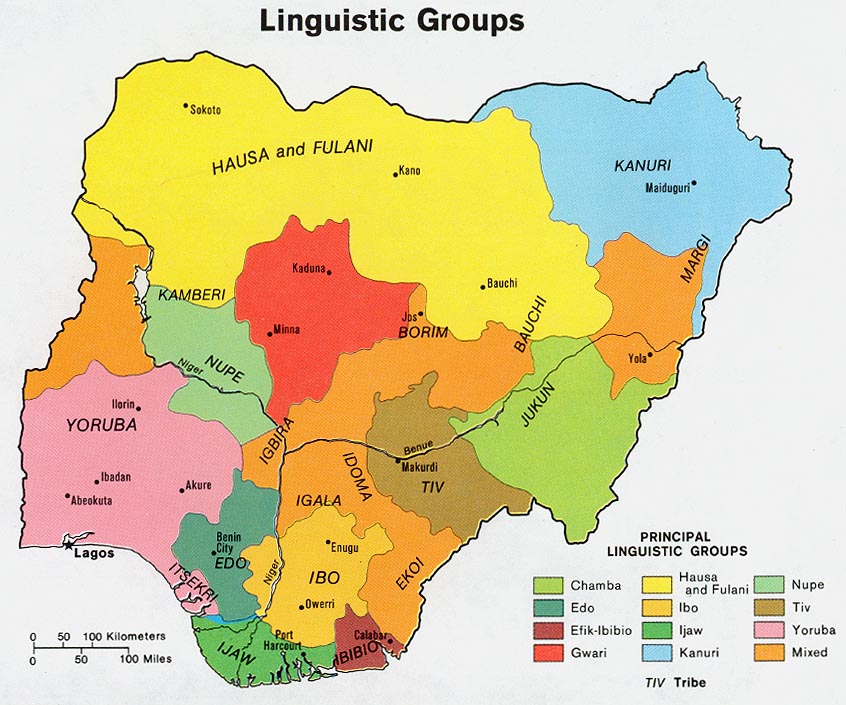|
Wh-agreement
Wh-agreement refers to morphological changes triggered by wh-movement, usually in verbs or complementisers. It occurs in a number of Bantu languages, Austronesian languages including Chamorro and Palauan, Algonquin languages such as Ojibwe, as well as Hausa, French, Scottish Gaelic, and Irish.http://artsites.uottawa.ca/eajmathieu/doc/Lochbihler_Mathieu.pdf For example, in Chamorro, the infix An infix is an affix inserted inside a word stem (an existing word or the core of a family of words). It contrasts with ''adfix,'' a rare term for an affix attached to the outside of a stem, such as a prefix or suffix. When marking text for int ... ''-um-'' (labelled "WH om) is attached to the verb to mark agreement with the nominative question phrase following subject extraction: Additionally, some languages have distinct agreement morphology depending on the case of element being moved. In the case of object extraction in Chamorro, the verb ''fa'gasi'' instead becomes ''fina’g ... [...More Info...] [...Related Items...] OR: [Wikipedia] [Google] [Baidu] |
Chamorro Language
Chamorro (; ch, Finuʼ Chamorro, links=no (CNMI), (Guam)) is an Austronesian language spoken by about 58,000 people (about 25,800 people on Guam and about 32,200 in the rest of the Mariana Islands and elsewhere). It is the native and spoken language of the Chamorro people, the indigenous people of the Marianas (Guam and the Commonwealth of the Northern Mariana Islands. Guam is a US territory while the CNMI has greater autonomy as a US commonwealth). There are three different dialects of Chamorro — Guamanian, Rotanese, and the general NMI (Saipan and Tinian) dialects. Classification Unlike most of its neighbors, Chamorro is not classified as a Micronesian or Polynesian language. Rather, like Palauan, it possibly constitutes an independent branch of the Malayo-Polynesian language family. At the time the Spanish rule over Guam ended, it was thought that Chamorro was a semi- creole language, with a substantial amount of the vocabulary of Spanish origin and beginning to ... [...More Info...] [...Related Items...] OR: [Wikipedia] [Google] [Baidu] |
Wh-movement
In linguistics, wh-movement (also known as wh-fronting, wh-extraction, or wh-raising) is the formation of syntactic dependencies involving interrogative words. An example in English is the dependency formed between ''what'' and the object position of ''doing'' in "What are you doing?" Interrogative forms are sometimes known within English linguistics as ''wh-words'', such as ''what, when, where, who'', and ''why'', but also include other interrogative words, such as ''how''. This dependency has been used as a diagnostic tool in syntactic studies as it can be observed to interact with other grammatical constraints. In languages with wh-movement, sentences or clauses with a wh-word show a non-canonical word order that places the wh-word (or phrase containing the wh-word) at or near the front of the sentence or clause ("''Who'' are you thinking about?") instead of the canonical position later in the sentence ("I am thinking about ''you''"). Leaving the wh-word in its canonical position ... [...More Info...] [...Related Items...] OR: [Wikipedia] [Google] [Baidu] |
Complementiser
In linguistics (especially generative grammar), complementizer or complementiser (glossing abbreviation: ) is a functional category (part of speech) that includes those words that can be used to turn a clause into the subject or object of a sentence. For example, the word ''that'' may be called a complementizer in English sentences like ''Mary believes that it is raining''. The concept of complementizers is specific to certain modern grammatical theories; in traditional grammar, such words are normally considered conjunctions. The standard abbreviation for ''complementizer'' is C. Category of C C as head of CP The complementizer is often held to be the syntactic head of a full clause, which is therefore often represented by the abbreviation CP (for ''complementizer phrase''). Evidence that the complementizer functions as the head of its clause includes that it is commonly the last element in a clause in head-final languages like Korean or Japanese, in which other heads follow t ... [...More Info...] [...Related Items...] OR: [Wikipedia] [Google] [Baidu] |
Bantu Languages
The Bantu languages (English: , Proto-Bantu: *bantʊ̀) are a large family of languages spoken by the Bantu people of Central, Southern, Eastern africa and Southeast Africa. They form the largest branch of the Southern Bantoid languages. The total number of Bantu languages ranges in the hundreds, depending on the definition of "language" versus "dialect", and is estimated at between 440 and 680 distinct languages."Guthrie (1967-71) names some 440 Bantu 'varieties', Grimes (2000) has 501 (minus a few 'extinct' or 'almost extinct'), Bastin ''et al.'' (1999) have 542, Maho (this volume) has some 660, and Mann ''et al.'' (1987) have ''c.'' 680." Derek Nurse, 2006, "Bantu Languages", in the ''Encyclopedia of Language and Linguistics'', p. 2:Ethnologue report for Southern Bantoid" lists a total of 535 languages. The count includes 13 Mbam languages, which are not always included under "Narrow Bantu". For Bantuic, Linguasphere has 260 outer languages (which are equivalent to lan ... [...More Info...] [...Related Items...] OR: [Wikipedia] [Google] [Baidu] |
Glossa (journal)
''Glossa: A Journal of General Linguistics'' is a peer-reviewed open access academic journal covering general linguistics. It was established in 2016. The journal is published by the Open Library of Humanities and the editor-in-chief is Johan Rooryck ( Leiden University). History In October 2015, the editors and editorial board of ''Lingua'' resigned en masse to protest their inability to come to an agreement with Elsevier regarding fair pricing models for open access publishing. They subsequently started a new journal, while Elsevier continued publishing ''Lingua'' with new editors and a new editorial board. The original editorial board of ''Lingua'' was supported in their protest by the Association of Public and Land-grant Universities, theAssociation of Research Libraries, the American Association of State Colleges and Universities, the American Council on Education, the Canadian Association of Research Libraries, the Confederation of Open Access Repositories, Educause, and the ... [...More Info...] [...Related Items...] OR: [Wikipedia] [Google] [Baidu] |
Palauan Language
Palauan () is a Malayo-Polynesian language native to the Republic of Palau, where it is one of the two official languages An official language is a language given supreme status in a particular country, state, or other jurisdiction. Typically the term "official language" does not refer to the language used by a people or country, but by its government (e.g. judiciary, ..., alongside English language, English. It is widely used in day-to-day life in the country. Palauan is not closely related to other Malayo-Polynesian languages and its exact classification within the branch is unclear. Classification It is a member of the Austronesian languages, Austronesian family of languages, and is one of only two indigenous languages in Micronesia that are not part of the Oceanic languages, Oceanic branch of that family, the other being Chamorro language, Chamorro (see , , , and ). Roger Blench (2015) argues that based on evidence from fish names, Palauan had early contact with Oceanic la ... [...More Info...] [...Related Items...] OR: [Wikipedia] [Google] [Baidu] |
Algonquin Language
Algonquin (also spelled Algonkin; in Algonquin: or ) is either a distinct Algonquian language closely related to the Ojibwe language or a particularly divergent Ojibwe dialect. It is spoken, alongside French and to some extent English, by the Algonquin First Nations of Quebec and Ontario. As of 2006, there were 2,680 Algonquin speakers,. less than 10% of whom were monolingual. Algonquin is the language for which the entire Algonquian language subgroup is named; the similarity among the names often causes considerable confusion. Like many Native American languages, it is strongly verb-based, with most meaning being incorporated into verbs instead of using separate words for prepositions, tense, etc. Classification Omàmìwininìmowin (Algonquin) is an Algonquian language, of the Algic family of languages, and is descended from Proto-Algonquian. It is considered a particularly divergent dialect of Ojibwe by many. But, although the speakers call themselves '' Omàmìwi ... [...More Info...] [...Related Items...] OR: [Wikipedia] [Google] [Baidu] |
Ojibwe Language
Ojibwe , also known as Ojibwa , Ojibway, Otchipwe,R. R. Bishop Baraga, 1878''A Theoretical and Practical Grammar of the Otchipwe Language''/ref> Ojibwemowin, or Anishinaabemowin, is an indigenous language of North America of the Algonquian language family.Goddard, Ives, 1979.Bloomfield, Leonard, 1958. The language is characterized by a series of dialects that have local names and frequently local writing systems. There is no single dialect that is considered the most prestigious or most prominent, and no standard writing system that covers all dialects. Dialects of Ojibwemowin are spoken in Canada, from southwestern Quebec, through Ontario, Manitoba and parts of Saskatchewan, with outlying communities in Alberta;Nichols, John, 1980, pp. 1–2. and in the United States, from Michigan to Wisconsin and Minnesota, with a number of communities in North Dakota and Montana, as well as groups that removed to Kansas and Oklahoma during the Indian Removal period. While there is som ... [...More Info...] [...Related Items...] OR: [Wikipedia] [Google] [Baidu] |
Hausa Language
Hausa (; /; Ajami: ) is a Chadic language spoken by the Hausa people in the northern half of Nigeria, Ghana, Cameroon, Benin and Togo, and the southern half of Niger, Chad and Sudan, with significant minorities in Ivory Coast. Hausa is a member of the Afroasiatic language family and is the most widely spoken language within the Chadic branch of that family. Ethnologue estimated that it was spoken as a first language by some 47 million people and as a second language by another 25 million, bringing the total number of Hausa speakers to an estimated 72 million. In Nigeria, the Hausa-speaking film industry is known as Kannywood. Classification Hausa belongs to the West Chadic languages subgroup of the Chadic languages group, which in turn is part of the Afroasiatic language family. Geographic distribution Native speakers of Hausa, the Hausa people, are mostly found in southern Niger and northern Nigeria. The language is used as a lingua franca by n ... [...More Info...] [...Related Items...] OR: [Wikipedia] [Google] [Baidu] |
French Language
French ( or ) is a Romance language of the Indo-European family. It descended from the Vulgar Latin of the Roman Empire, as did all Romance languages. French evolved from Gallo-Romance, the Latin spoken in Gaul, and more specifically in Northern Gaul. Its closest relatives are the other langues d'oïl—languages historically spoken in northern France and in southern Belgium, which French (Francien) largely supplanted. French was also influenced by native Celtic languages of Northern Roman Gaul like Gallia Belgica and by the ( Germanic) Frankish language of the post-Roman Frankish invaders. Today, owing to France's past overseas expansion, there are numerous French-based creole languages, most notably Haitian Creole. A French-speaking person or nation may be referred to as Francophone in both English and French. French is an official language in 29 countries across multiple continents, most of which are members of the '' Organisation internationale de la Francopho ... [...More Info...] [...Related Items...] OR: [Wikipedia] [Google] [Baidu] |
Scottish Gaelic
Scottish Gaelic ( gd, Gàidhlig ), also known as Scots Gaelic and Gaelic, is a Goidelic language (in the Celtic branch of the Indo-European language family) native to the Gaels of Scotland. As a Goidelic language, Scottish Gaelic, as well as both Irish and Manx, developed out of Old Irish. It became a distinct spoken language sometime in the 13th century in the Middle Irish period, although a common literary language was shared by the Gaels of both Ireland and Scotland until well into the 17th century. Most of modern Scotland was once Gaelic-speaking, as evidenced especially by Gaelic-language place names. In the 2011 census of Scotland, 57,375 people (1.1% of the Scottish population aged over 3 years old) reported being able to speak Gaelic, 1,275 fewer than in 2001. The highest percentages of Gaelic speakers were in the Outer Hebrides. Nevertheless, there is a language revival, and the number of speakers of the language under age 20 did not decrease between the 2001 ... [...More Info...] [...Related Items...] OR: [Wikipedia] [Google] [Baidu] |






